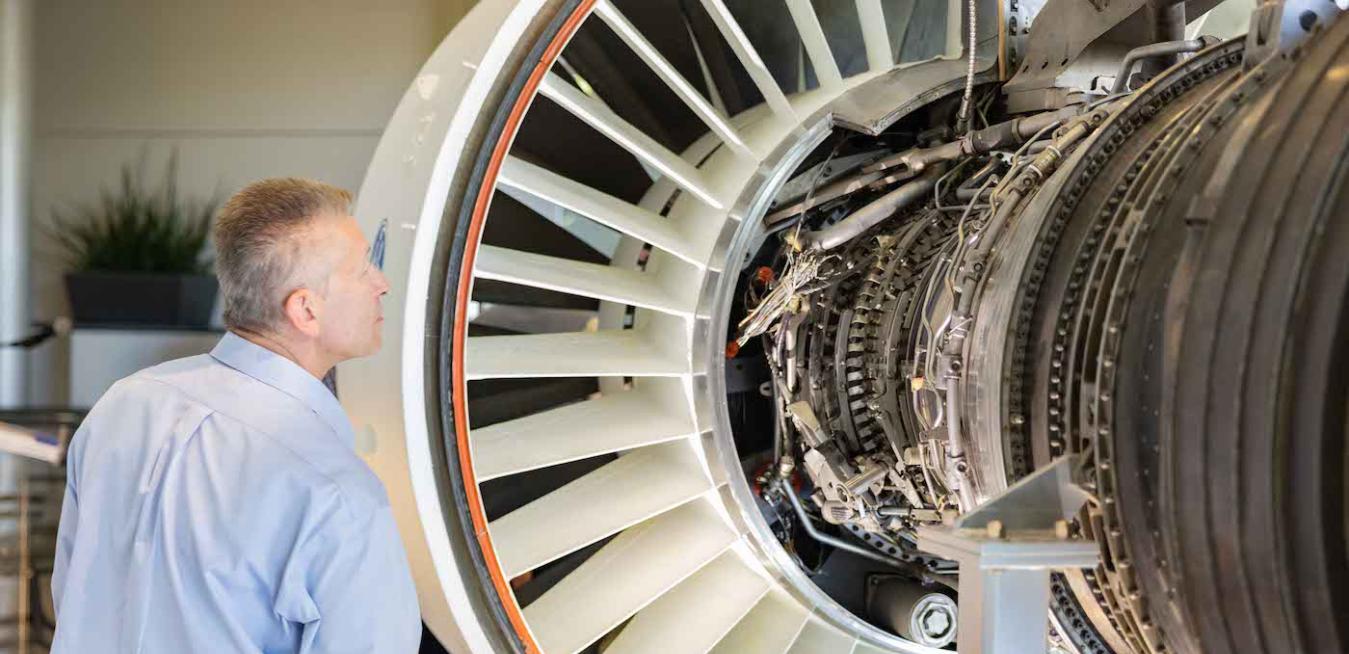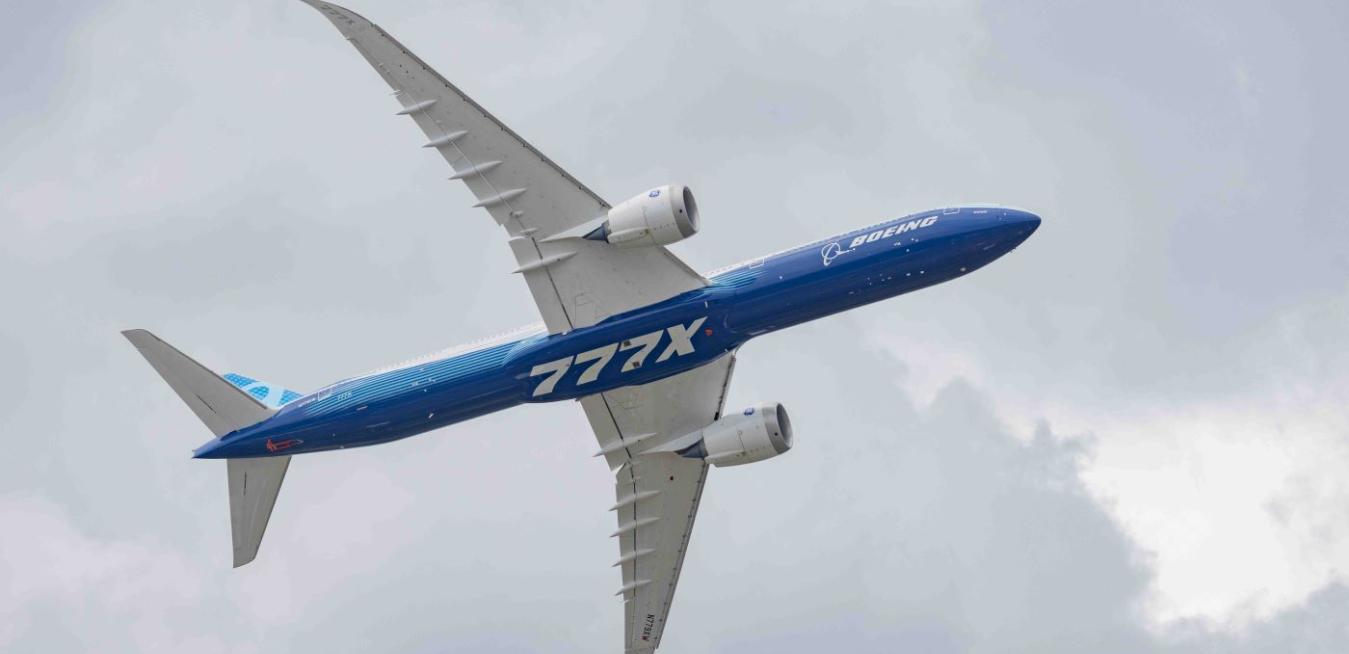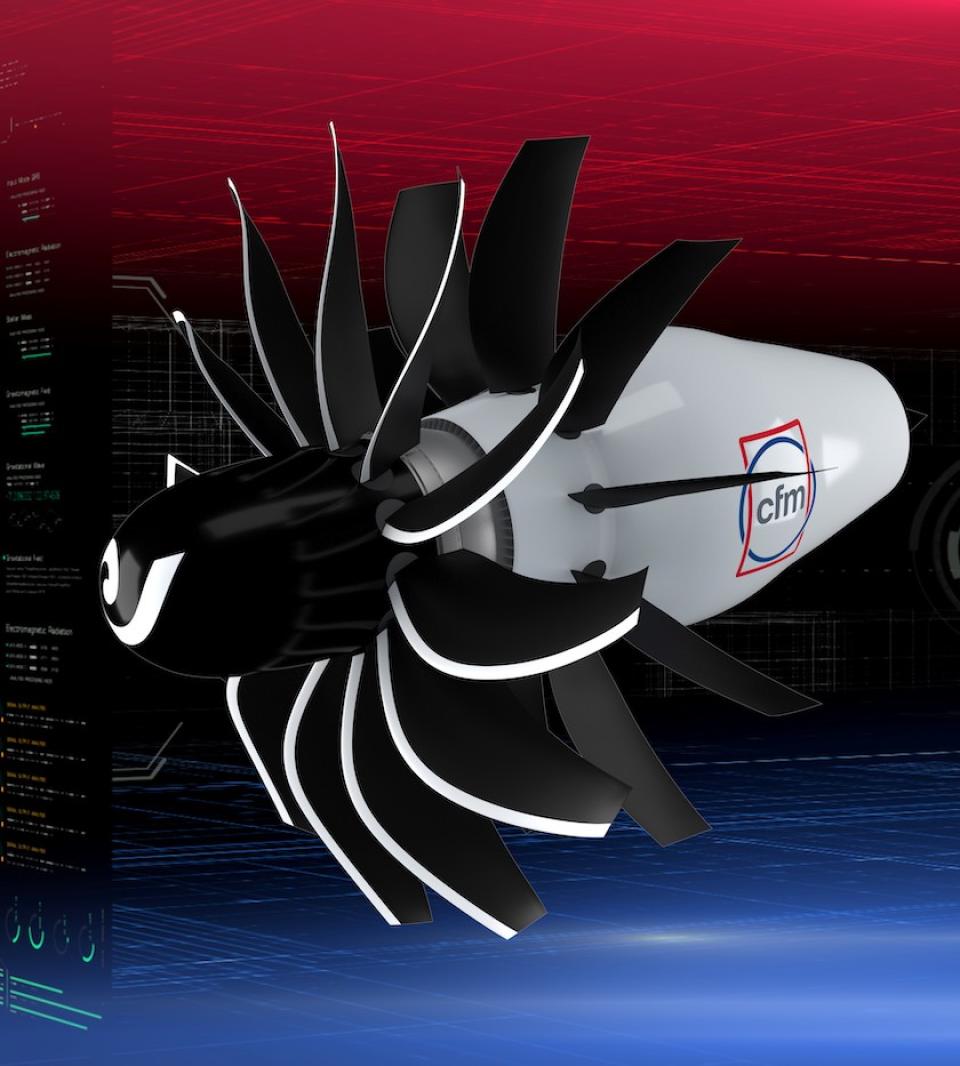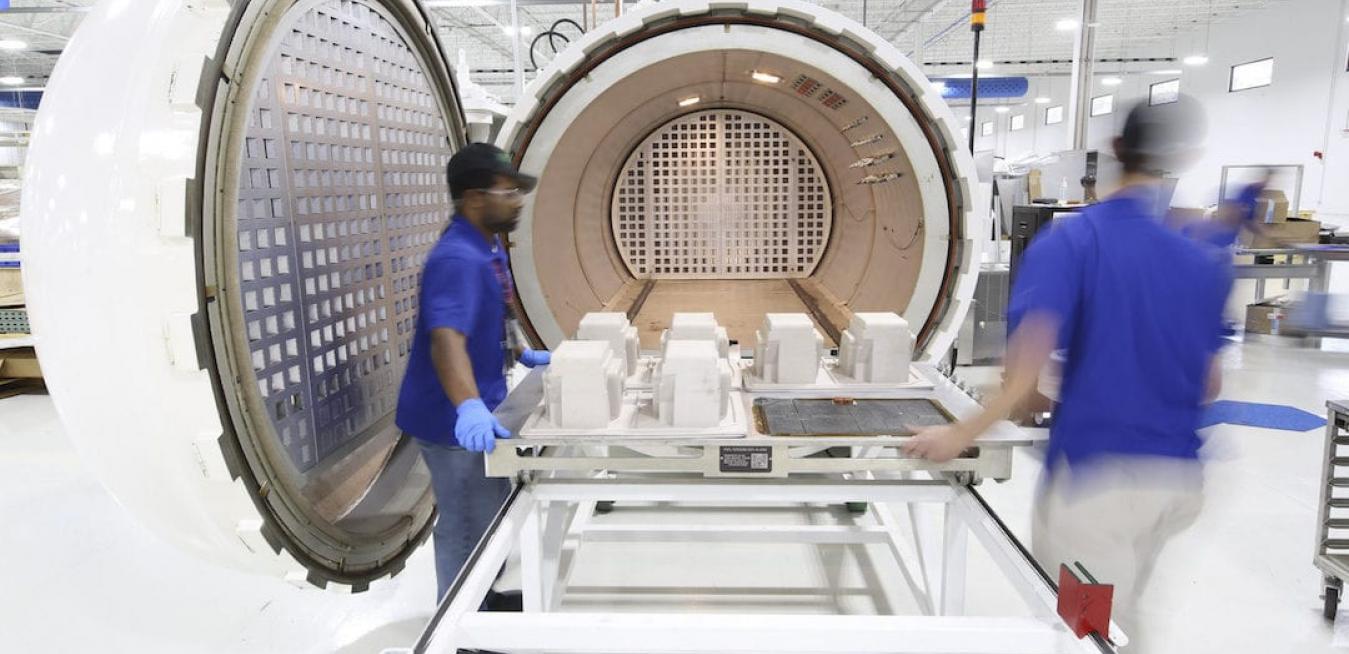The dawn of the jet age gave birth to the concept of the global village. Once jet engines made the jump from military fighters to civilian planes in the 1950s, commercial passenger service could carry people farther and faster than ever before. Fares dropped, ticket sales quadrupled, and by 1972 almost half of all Americans had traveled by air.
Anyone who visited the GE Aerospace chalet last week at the Paris Air Show, on the grounds of Le Bourget Airport, came away with three distinct impressions: The market for engines is growing, lean is working, and new technologies are on the rise.
In 1941, the United States government asked GE to develop the first American jet engine. Allied defense, industrial collaboration, technological advancement, and economic growth were at stake. GE delivered the very next year.
Now, more than 80 years later, GE Aerospace finds itself at the cusp of another era-defining moment. With climate change impacting communities and economies around the world, the aerospace industry is in the midst of what feels to some like a seismic shift.
This Thursday, GE will hold its annual Investor Conference at GE Aerospace’s Customer Technical Education Center and nearby manufacturing facilities in Cincinnati and will feature keynote presentations from GE Chairman and CEO and GE Aerospace CEO Larry Culp, GE Vernova CEO Scott Strazik, and leaders from both businesses.
On Monday afternoon at the Paris Air Show, jet engine maker CFM International said it signed the largest single jet engine order in history to supply fast-growing Indian carrier IndiGo with its LEAP-1A engines and services — a deal valued at more than $20 billion at list price.
Drinks in a cozy, elegant cocktail lounge have preceded plenty of marriage proposals. But perhaps only once has such a session led to the creation of the most prolific jet propulsion company in aviation history.
And yet, it happened — in April 1970 at the Ritz-Carlton lounge in Boston, where leaders of France’s government-owned Safran Aircraft Engines (known as Snecma until 2005) came to court GE. Back then, GE was still chiefly building jet engines for the military, and Pratt & Whitney dominated the burgeoning civilian market.
After examining the possibility of ceramics being used in flight in 2001, scientists from the Institute for Defense Analyses starkly concluded, “There may be more pigs flying than ceramics in the future.” It’s easy to see why when you think of a coffee mug: The material is great for handling heat but breaks catastrophically when met with force.











